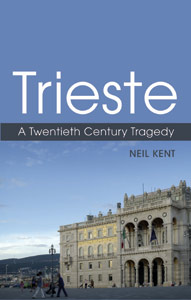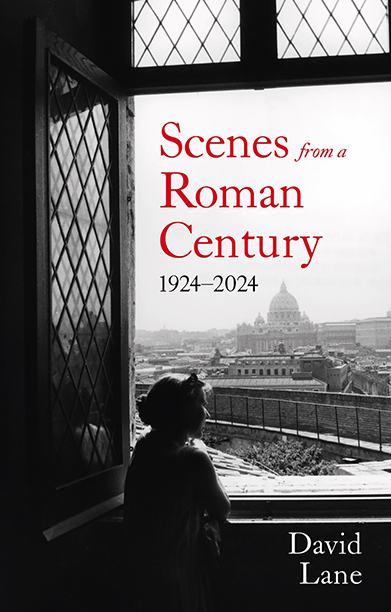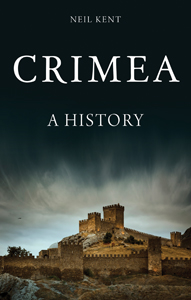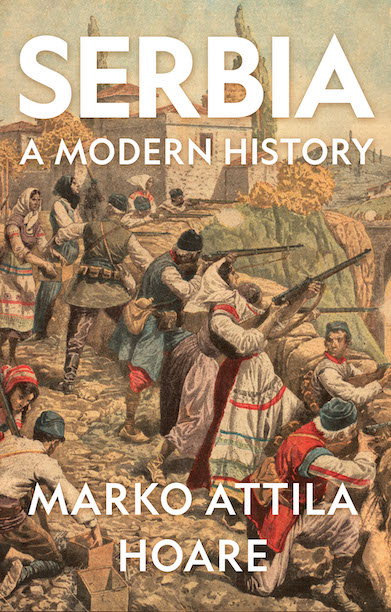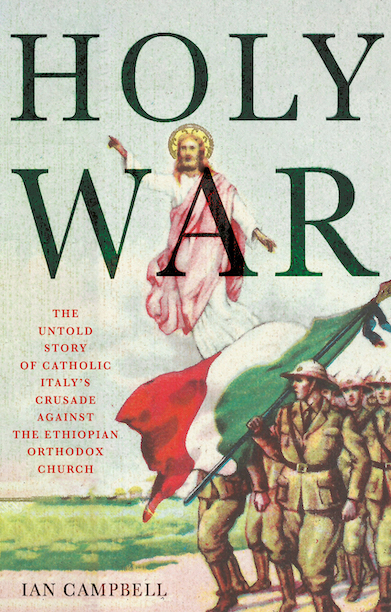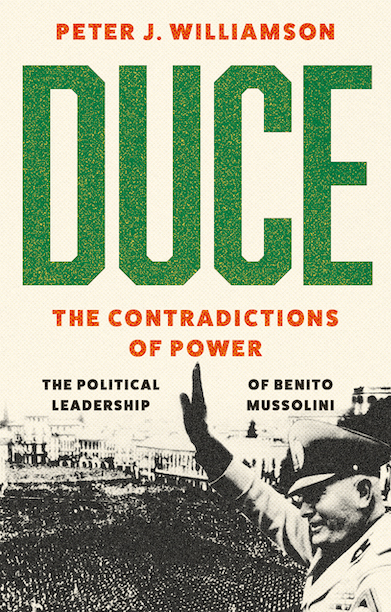Description
Neil Kent’s portrait of Trieste fills a major gap in contemporary writing on Italy, an important task bearing in mind that the city is now one of Western Europe’s major gateways to the Balkans. It focuses in particular on the last two centuries: first, on the post-Napoleonic period-its heyday- when Trieste emerged as the otherwise landlocked Habsburg Empire’s gateway to the Adriatic, a rich and thriving city of numerous ethnic and religious groups; then on the period of decline after the First World War, when Italian irredentists longing to recover Dalmatia radiated out from the city; and next on the decades of the Cold War, when Trieste became a marginalised border town, with its link to the Balkans virtually blocked off. Finally the book moves into the contemporary period, when the political and economic reorganisation of the Balkans has made Trieste south-eastern Europe’s gateway to western Europe. While political, economic and social issues form the primary focus, art, literature and architecture, natural geography and aspects relating to health and hygiene are also examined.
Author(s)
Neil Kent is Editor-in-Chief of The Journal of Intelligence and Cyber Security, a former associate of the University of Cambridge’s Scott Polar Research Institute, and Senior Fellow at the Rennes School of Business Centre for Unframed Thinking. The author of many books on Nordic and Eastern European history, his publications include The Soul of the North: A Social, Architectural and Cultural History of the Nordic Countries, 1770–1940; Helsinki: A Cultural and Literary History; and The Sámi Peoples of the North: A Social and Cultural History.
